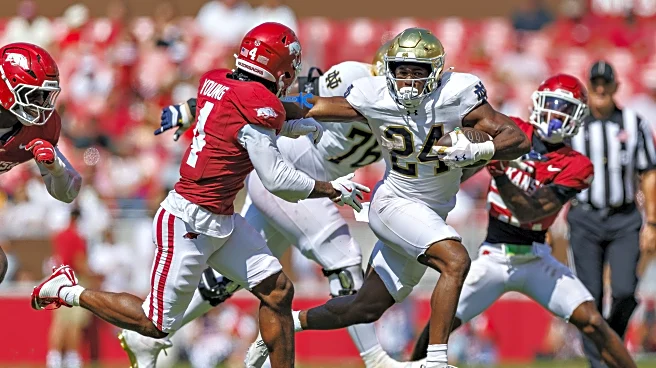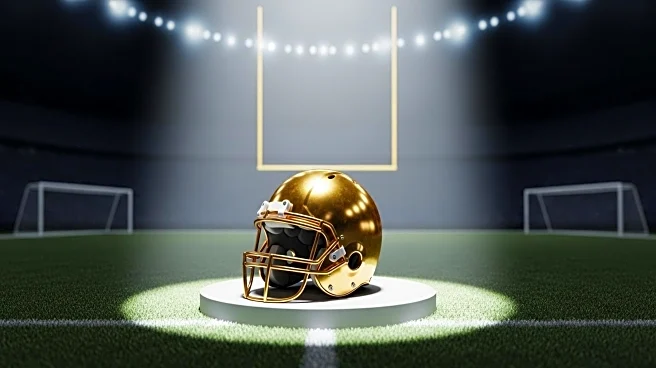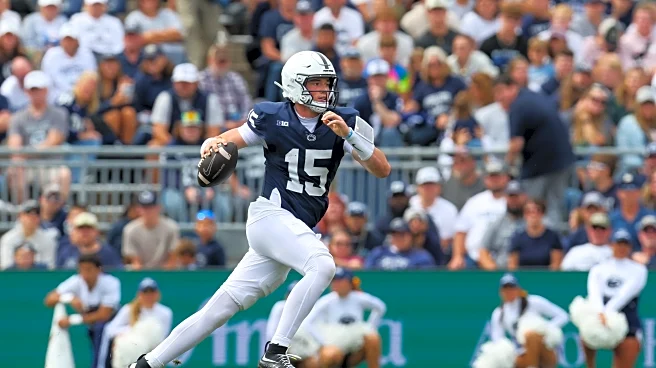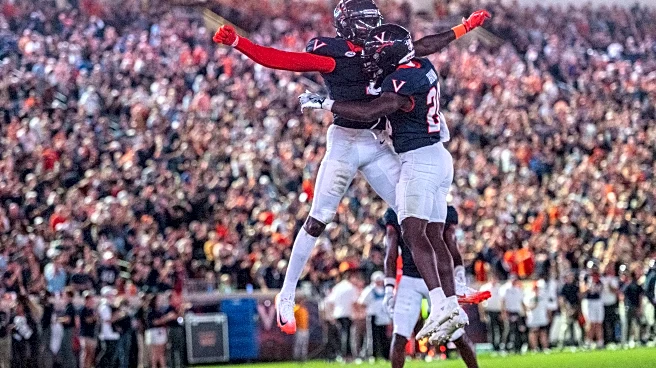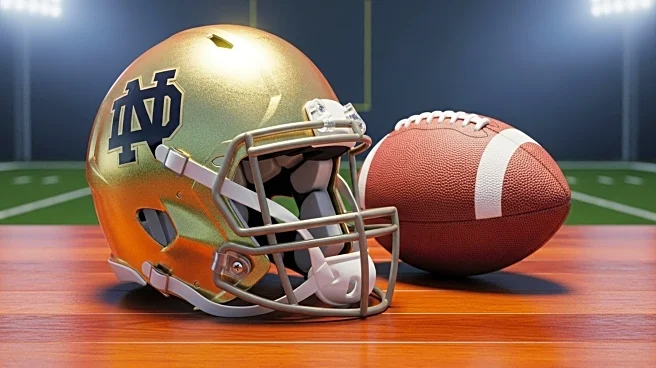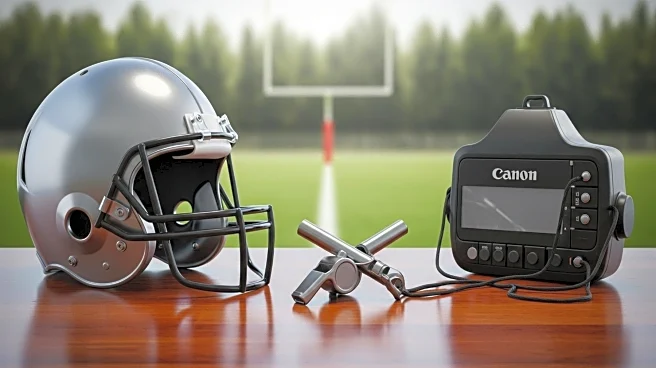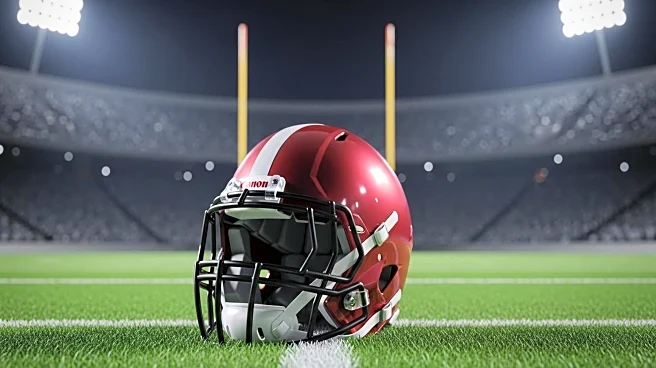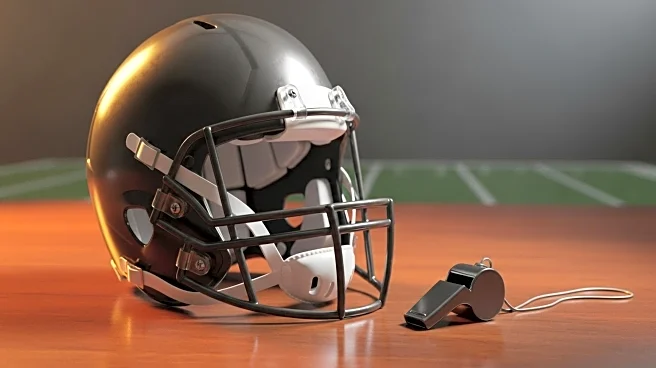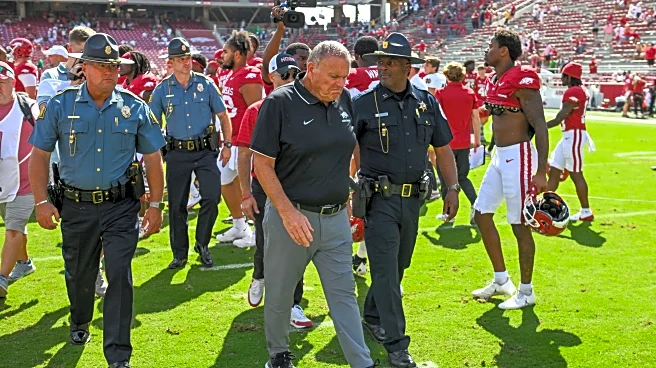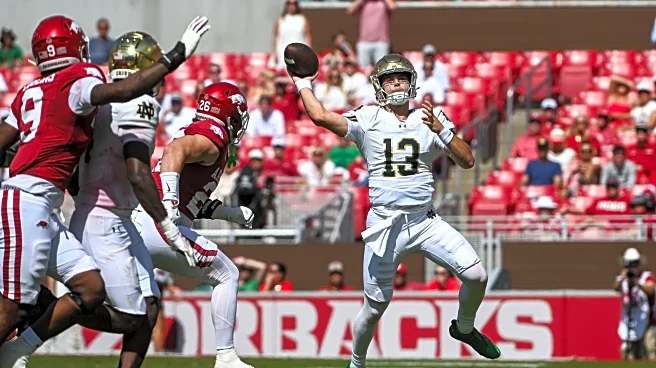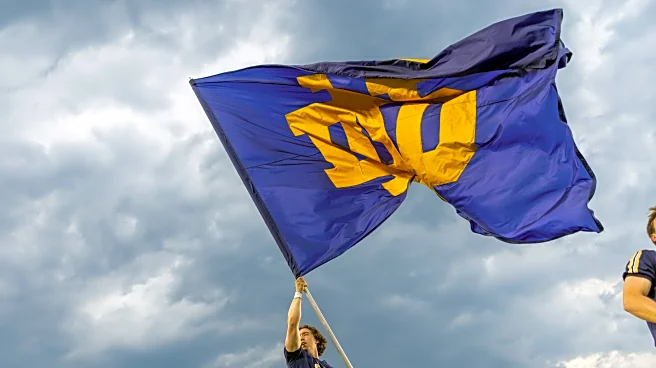Your Notre Dame Fighting Irish are back to the .500 mark after a dominating 56-13 win over Arkansas. In a battle of cultures between two embattled programs, it was abundantly clear which was the stronger by halftime as the Irish effortlessly dismantled the Hogs in all facets of the game. That will make this my first article of the year with three positive observations! Let’s talk about it.
Coordinator Deathmatch
One of the matchups that seemed most favorable for Arkansas heading into this game was the battle of minds between
Bobby Petrino on Arkansas’ sideline and the much-maligned Chris Ash on Notre Dame’s. Rumors swirled all week about whether Ash had lost play-calling duties at halftime against Purdue, and how long he might have to save his job. But when the dust was settled, Ash’s unit had put forward by far its best performance of the season against Taylen Green and the Petrino’s previously dynamic offense.

Given the aforementioned speculation, it’s hard to say how much of this turnaround should be attributed to Ash. But whatever he is now doing for the Irish and whatever anyone else might have done, it worked on Saturday as the confusion we had witnessed in the secondary in weeks past was significantly reduced. Back-end defenders mostly knew where they needed to be, tackled effectively and frequently attacked the ball in the air. Up front, the Irish defense got a much stronger pass rush and sacked Green three times. The Irish ceded a little more in the ground game in their efforts to slow down Green (Arkansas gained 160 yards running), but most of those yards came on a couple big plays that failed to yield many points, as the defense recovered to force field goal tries.
Again, we don’t know how decision-making changed internally – or not, as this very much could have been a case of Ash’s defense simply finally clicking with the players – but it produced a vastly different defensive effort, and it’s a great sign for an Irish team that still has lofty aspirations this season.
Mullin’ More Playing Time
One good mini-story within this defensive improvement was Cole Mullins, who saw intensive action for the first time this season and immediately caused Irish fans everywhere to look up who #42 on the interior defensive line was. No one is wondering anymore – at a position that has been one of the most glaring vulnerabilities all season for Notre Dame, Mullins brought physicality and and fight that had long been missing.
Mullins didn’t record a tackle in this game, his lone statistic an unofficial QB hurry. But in his first time in extended action – coming after Notre Dame’s starters had been gashed a couple times in the ground game – he showed a fearless motor and tenacity up front. This in turn allowed Notre Dame’s edge rushers and linebackers to get favorable angles on Green in passing situations, forcing him into poor throws when they didn’t get all the way home.

If the Irish are to continue improving on defense, better play on the interior of the defensive line will be a must, and on Saturday Mullins made a strong case to be part of the solution in that regard.
All Four Cylinders
It’s been a long time since Notre Dame has had an offense that didn’t seem to have a gap at one position group or another (quarterback and wide receiver have most often been the shortcomings). But this game, the Irish showed an offensive attack as well-rounded, efficient and lethal as any we have seen in my adult life. You’d probably have to go back to Charlie Weis’s first team in 2005 to find a half of offensive execution better than what Notre Dame put up in Fayetteville this week.

Much attention was paid to the performance of Notre Dame’s running backs, deservedly – both Jadarian Price and Jeremiyah Love looked like men among boys against the Razorbacks’ defense, who on numerous plays seemed afraid to even attempt to tackle them. Equally impressive was CJ Carr, who effortlessly picked apart his opponents leveraging his entire starting receiving corps – each of whom themselves had an opportunity to show off their own unique talents, from Malachi Fields’ bulldozing running to Jordan Faison’s lightning-quick feet to Jaden Greathouse’s acrobatic downfield catch.
Why am I reciting all these seemingly rote observations? Because together they add up to something we haven’t seen from a recent Irish team, even last year’s national runner-up: an offense that, now that it has worked out some kinks, will give Notre Dame a chance to win against any defense in the country and in any game. If the defense can continue to improve, those hopes of sneaking into the playoffs and making a run feel more and more appetizing.
